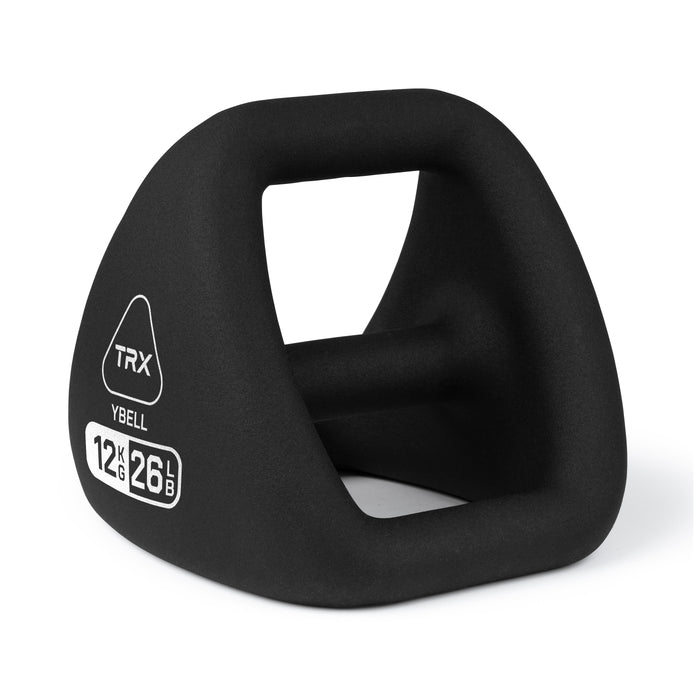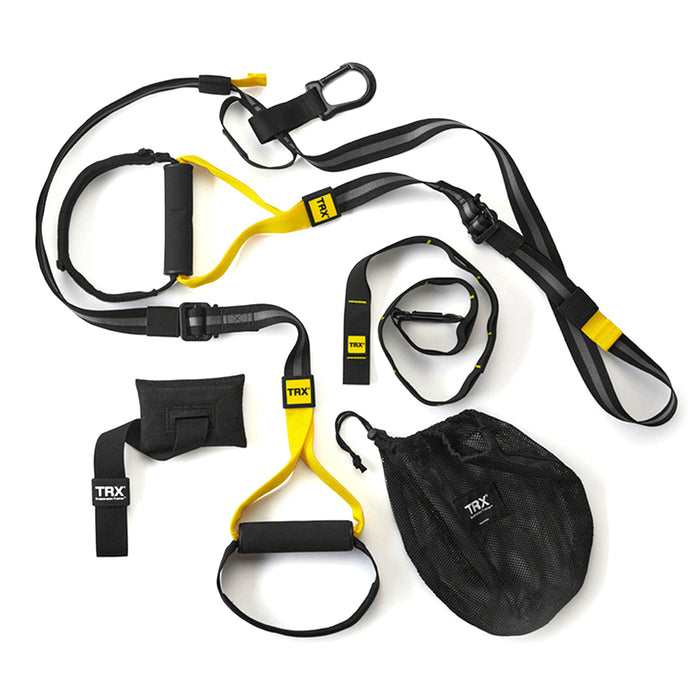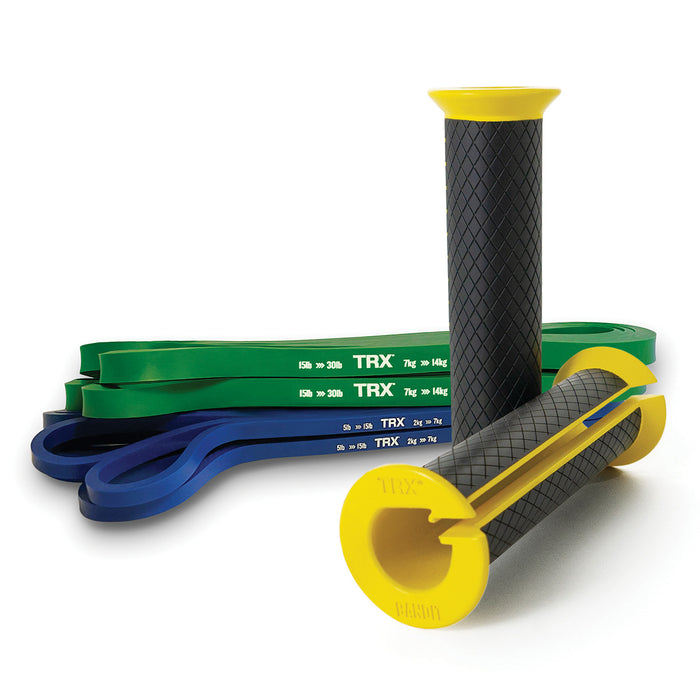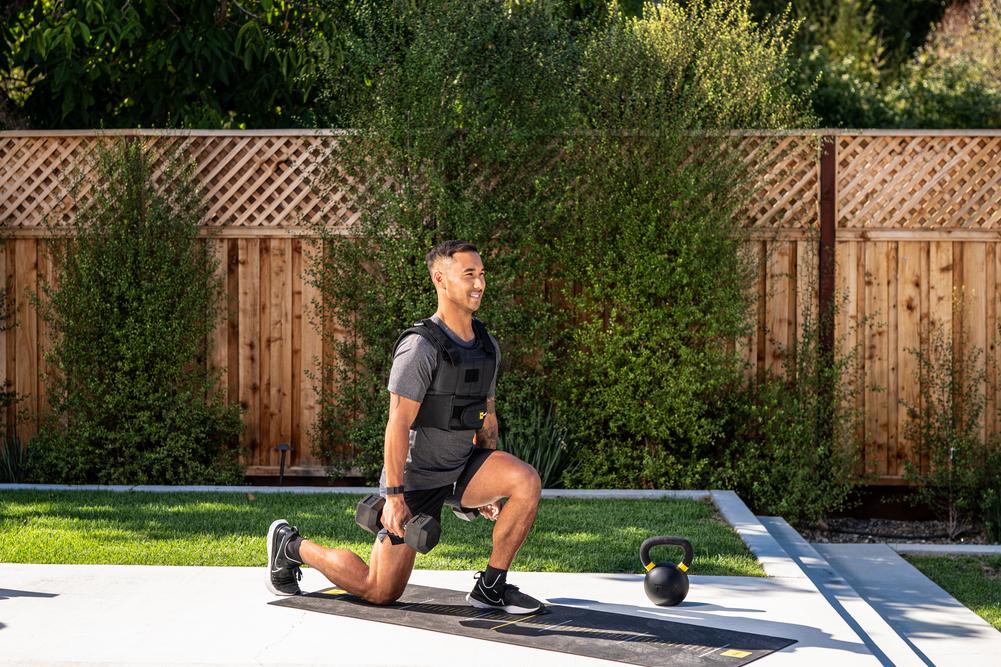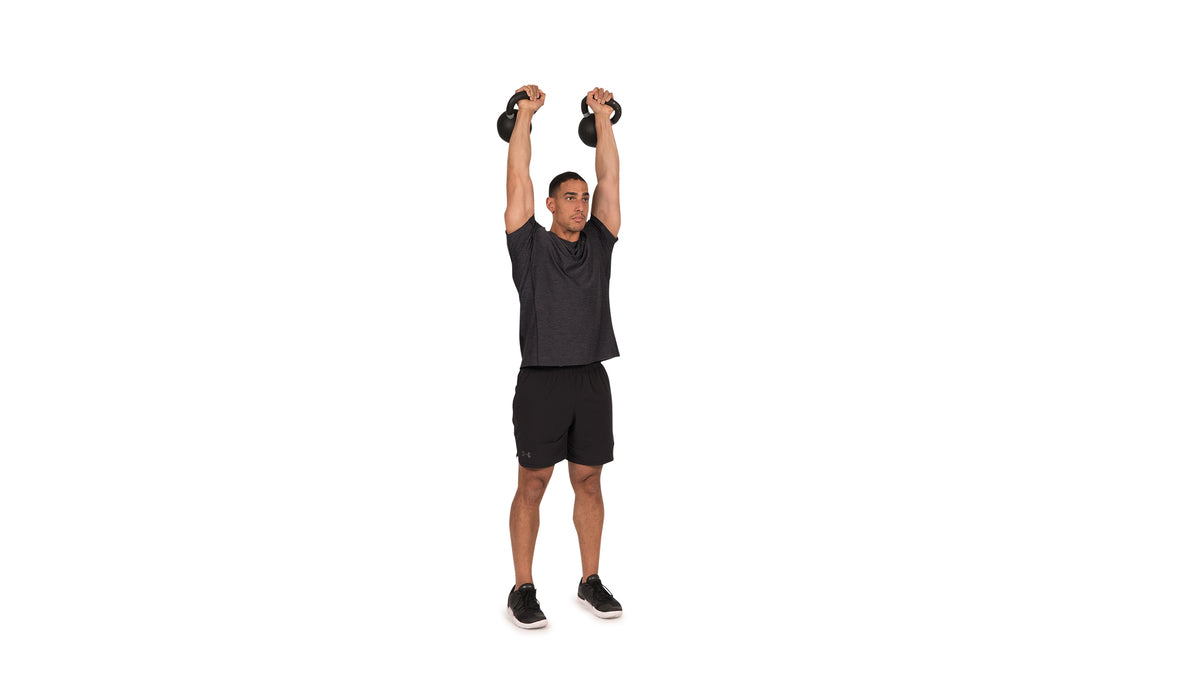We all know you should never skip leg day, but with all the machines you can use to develop your lower body, it can be hard to figure out which leg workout machines to use.
If you find yourself skipping leg day because you’re unsure of what to do or how to get started, you’re at the right place. Today, we’ll look at eight of the best gym machines for legs, their benefits, and some safety tips to consider. Are you ready? Let’s get started!
Why Use Leg Machines at the Gym?
You should use leg machines at the gym because leg machines are one of the most effective ways to build muscle in a safe, controlled way. The machine will guide you through the movement pattern, providing more stability than working with free weights. This means you can focus on nailing your form and technique.
Once you’ve mastered your form, then you can focus on hypertrophy. Because the machine is providing stability, all of your efforts are going to major muscle groups. This creates a solid foundation for when you transition to full weights.
Let’s break down each machine so you can get after it!
Best Leg Machines to Use at the Gym
When it comes to leg day at the gym, having the right equipment can make all the difference in achieving your lower body goals. Whether you're just starting your fitness journey or looking to level up your leg routine, understanding which machines to use—and how to use them properly—is crucial for success. Not sure which leg machines would work best for your specific fitness level and goals? Take our quick assessment quiz to get personalized recommendations!
Take Our Training Quiz
8. Leg Press Machine
Arguably the most popular leg exercise machine at the gym, the leg press is an excellent supplementary exercise to squatting. The support of the device means less balance and coordination are required. This isolates the work to your quadriceps, meaning you’ll probably be able to press more than you can squat.
The three most common types of leg press machines differ based on the angle the exercise is performed at. The vertical leg press will have you positioned on your back. The horizontal leg press is performed from a seated position and the 45-degree leg press will have your back at a 45-degree angle. The seated position allows you to safely train for muscular failure, using the safety stoppers to prevent injury.
One benefit of the leg press machine is that you can switch the focus to different muscles by varying your foot position. For quads, position the feet hip-width apart with the legs at 90 degrees. Placing your feet ‘high and wide’ will focus the exercise more on your glutes.
Your knees should remain slightly bent throughout. Avoid locking out the knees and keep the pressure on your muscles rather than your joints. This will help to prevent injury. The seated position also allows for more awareness of your knee traction, keeping the knees tracking outside the middle toe to prevent them from collapsing in/rolling out will help to prevent unnecessary stress on the knee joint.
7. Leg Extension Machine
If you’re new to strength training, the leg extension machine is a great place to start because it has a simple setup. This is a seated exercise where a weighted pad rests on the top of the lower legs, starting with the knees bent at 90 degrees. The quadriceps contract to extend the knee and lift the legs. The primary benefit of the leg extension machine is to isolate the quadriceps. This can be done by working both legs at the same time, or by working unilaterally to balance your left and right sides.
6. Hack Squat Machine
The hack squat has a similar motion to the leg press. While they target similar muscle groups, each machine applies its load to the lifter differently. In the hack squat, the lifter stands beneath shoulder pads against a backrest on a fixed platform, usually at a 45-degree angle. As you squat, the machine will maintain the angle.
Hack squat machines are a great middle ground between barbell squats and leg press machines. You get the support the machine provides–similar to the leg press–but you can target the quads, glutes, hamstring, and calves.
Another similarity to the leg press machine, alternating the foot positioning will allow for different muscles to be targeted. For example, a lower foot placement will have a higher focus on quads, glutes, and calves with less emphasis on hamstrings.
5. Leg Curl Machine
We’ve covered A LOT of quad-focused machines so far (but if you still want more here are some TRX squat variations). Let’s mix it up and switch our focus to the hamstrings. Like the leg extension machine, this is a great starter exercise, isolating the lower part of the posterior chain, namely the glutes, hamstrings, and calves.
The machine requires you to lie face down, with the roller pad placed just above the heels. To perform a leg curl, bend the knees and draw the heels towards the glutes. You may also see a seated leg curl, which is as simplistic and low-impact as its lying counterpart. Similar to the leg extension, you have the added benefit of training both bilaterally and unilaterally to strengthen any muscular imbalances.
4. Hip Abductor Machine
Hip abduction is the movement of the leg away from the midline of the body. This makes the hip abduction machine the one with the pads positioned on the outside of the thighs. As the legs are pressed outwards, the hip abductors and gluteus maximus are utilized.
The abductor and adductors (which work to draw the legs towards the midline of the body) are stabilizing muscles for your knees and pelvis as you walk. This means you won’t need to use a heavy weight or load. Instead, focus on strengthening these muscles to support the surrounding joints, especially if a lack of hip strength is causing your hip or knee pain.
3. Smith Machine
The Smith machine differs from a regular squat rack because the barbell is fixed and slides up and down using a carriage system with safety stoppers along the track. The increase in stability makes the Smith machine a popular choice for unilateral exercises such as split squats and single-leg deadlifts.
The Smith machine is incredibly versatile and whilst not specifically a leg machine, you could use it as a one-stop shop for your next leg day. Looking to train your quads and glutes? Try the Smith machine back squat. Focusing on hamstrings and glutes? Simply adjust the stoppers for your Romanian deadlift. You can even grab a bench and set up for hip thrusts, lunges, standing calf raises–the list goes on.
2. Calf Machine
Isolating your calves builds a foundation of strength for your lower body. Your calf consists of two muscles: the smaller soleus muscle and the larger gastrocnemius muscle. Together, these muscles support the rest of your lower limb. They can absorb force, provide ankle and knee stability, and generate power for jumps.
You’ll usually find either a standing and/or seat calf raise machine in your gym. These machines can be plate-loaded or are on a pulley system. The standing machine will have pads that rest on your shoulder and for the seated machine, the pads will rest just above the knee. Both leg machines have a platform to place the balls of your feet on with enough depth to lower your heels. If your gym has neither, fear not! You can also utilize the Smith machine for your calf raise by using a stable raised platform, or by modifying your foot placement on a leg press machine. Another benefit of training your calves is improved ankle flexibility and mobility, both of which can help achieve greater squat depth.
1. Half Rack for Squats
Half racks are incredibly versatile and can be used for a number of different exercises. They take up less space than a full rack, consisting of two vertical posts with adjustable bars on each side. This allows you to set the height of your barbell to your preferred level. These adjustable bars also act as a spotter by providing a fail-safe to prevent the bar from hitting the floor if you fail a lift.
By using a half rack for your squats you’ll be stable in your setup and safe if you drop the weight.
Other Leg Machine Alternatives
You don't have to JUST stick to leg machines at the gym when doing leg day. There are some great alternatives that you can use, especially if you're looking to exercise from the comfort of your home. Try these leg machine alternatives today:
Safety Tips for Leg Workouts
As with any exercise, it’s important to think about safety first. Because of the stability provided by most machines, it’s possible to fall into a false sense of security. Here are some tips to get the most from your workout:
- Work with a personal trainer: Try a one-off session to set a program or more regular sessions to focus on form correction and personalized modifications for your body mechanics. This will help to reduce the risk of injury and fast-track your progress and results!
- Know your machine: Take the time to acquaint yourself with the safety features of the model you’re using. Different machines will have different setups, and you don’t want to be searching for the safety handle whilst failing a lift.



